Book Review - Mark Dery's Born to be Posthumous
 Born to Be Posthumous by Mark Dery
Born to Be Posthumous by Mark Dery
Published by: Little, Brown and Company
Publication Date: November 6th, 2018
Format: Hardcover, 512 Pages
Rating: ★★
To Buy
In 1980 the world became aware of Edward Gorey. His unique style of pen and ink drawing with only a splash of read suited Masterpiece Theatre's spinoff, Mystery!, to a tee and everyone was watching. The opening credits animated by Derek Lamb are iconic. What's more the sets the various hosts used were designed by Gorey, much like his Broadway production of Dracula three years earlier for which he won a Tony. He became known as the king of the macabre. Without him there would be no Tim Burton, no Neil Gaiman, no Lemony Snicket, though perhaps we could have done without Lemony Snicket. His cultural impact has not waned since his death in 2000. Thanks to the Edward Gorey Charitable Trust and Pomegranate Communications his name and his work are constantly available. But while he really came to the forefront thanks to PBS he had been making a name for himself in New York since the fifties. The young Gorey was a prodigy, growing up throughout the Chicago area. His scholarships to various Ivy League schools had to be deferred due to the war and he served at the Dugway Proving Ground in Utah. In 1946 he finally entered Harvard majoring in French Literature, because if you're going to read the great and melodramatic French novels you have to read them in French. In an interesting twist of fate he would room with Frank O'Hara who would also go on to be a darling of the literary world. But it wasn't just books that interested Gorey, it was all art, theatre, ballet, poetry, prose. His academic career was rocky, it all depended on if he was interested at the time in what he was doing. When he was he'd be on the Dean's List, when he wasn't, he was threatened with expulsion. His actual training in art was negligible. But that is what he'd go on to be known for, not writing some obscure commentary on French Literature. After college he got a job illustrating book covers for the Art Department of Doubleday Anchor. Covers that are iconic to this day. Especially his vibrant cover for The War of the Worlds. At the end of his tenure there he started to publish little books indepently. Some under his own name, some under cunning psdeynoms and anagrams. Through the Gotham Book Mart he became a bit of a celebrity to those in the know. He was also a man about town, always seen at the New York City Ballet where Balanchine was king. Eventually he settled on Cape Cod where this now internationally famous artist spent time with his cats and making stuffed figures to sell at the local theatre. But no one can say he didn't leave his mark. If only sartorially.
If you want to read about Edward Gorey, this book isn't for you. Literally pick up any book by Edward Gorey and you will get more concrete information and entertainment out of it than this volume. But if you want to read about an author projecting his suppoistions, speculations, and downright crazy conspiracy theories on their subject, then this book is for you. Because Mark Dery has written a book his subject would hate. He has taken a complex and fascinating intellectual and decided to focus on Edward Gorey's sexuality. Hundreds of pages questioning if Gorey was or wasn't gay. It's like Mark Dery needed to make Gorey gay. But more than that, he didn't just want Gorey to be gay, he wanted him to be the victim of sexual assault by the clergy as a child. At least he admits it's pure speculation but he claims that the ominous nature of the clergy in Gorey's stories coupled with the abuses of the Catholic Church in Chicago when Gorey was growing up point to his insights as being accurate. What the fuck? It's one thing to postulate on sexuality, it's another to just wholey fabricate something in a biography without any kind of proof. And I will point out that in Gorey's work, everyone, not just the clergy, are menacing. It's kind of Gorey's M.O. But more to the point is that in a book that is 415 pages long minus the acknowledgements, references, and endnotes, it took Dery until page 410 to include a quote from an interview Gorey did in 1980 with Boston Magazine wherein he said "Well, I'm neither one thing nor the other particularly... I suppose I'm gay. But I don't really identify with it much." HE SAID HE WAS GAY! AND YOU, MARK DERY, KNEW IT! For 99% of this "biography" you made me listen to your speculations when you knew. YOU KNEW! You wrote about something that wasn't even a something. Gorey is an icon, and yes, him being a gay icon is important, but just use HIS WORDS not your fabricated suppositions. But then again, by the end of this book I didn't trust the author at all. He refers to Gorey's work as etchings, which they are not. He should show us the pictures instead of badly describing them but we only get twenty-six badly reproduced pieces completely out of context. And I'm sorry, but I too watched that Dick Cavett interview, and he wasn't fawning over Gorey and his work, he had no freaking idea who Gorey was and Gorey knew it. The only positive to reading this book is it enraged me so much I went back and read all the Amphilgorys and fell in love with Gorey and his work all over again.

























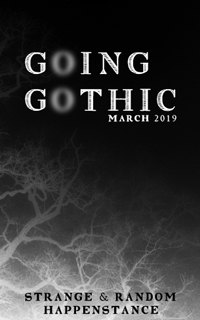
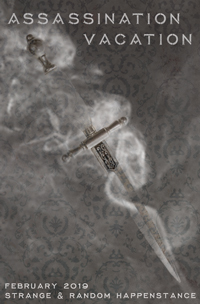
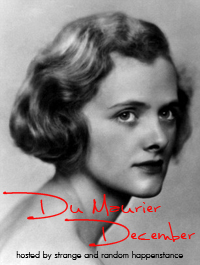
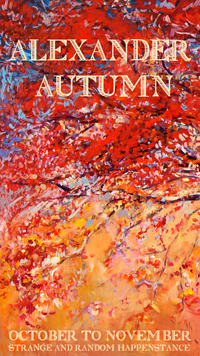
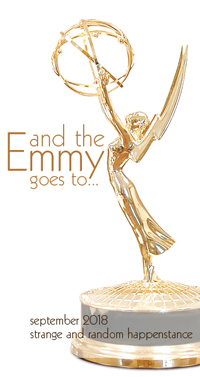






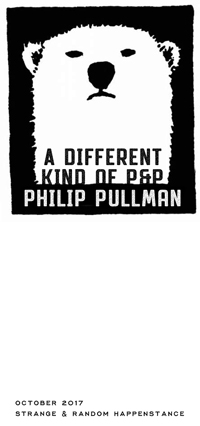


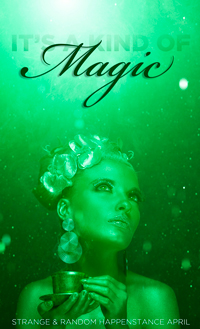
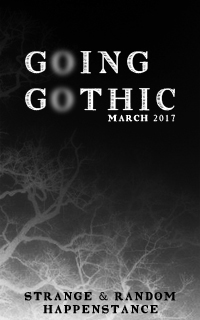

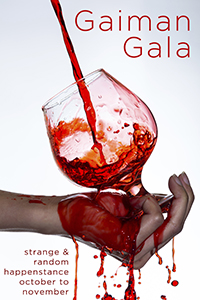


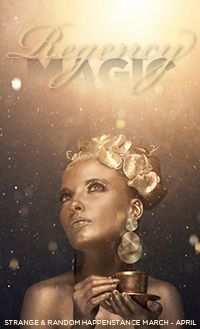

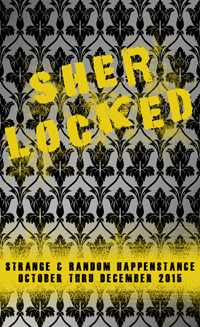

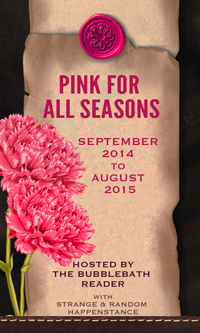
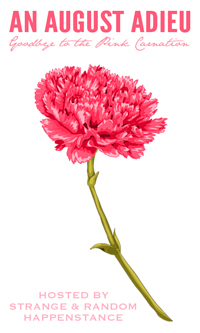




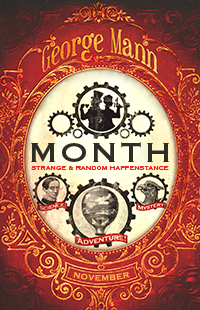






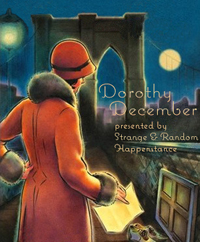























Post a Comment